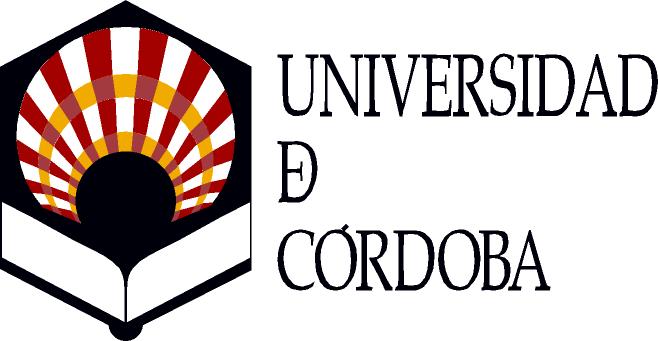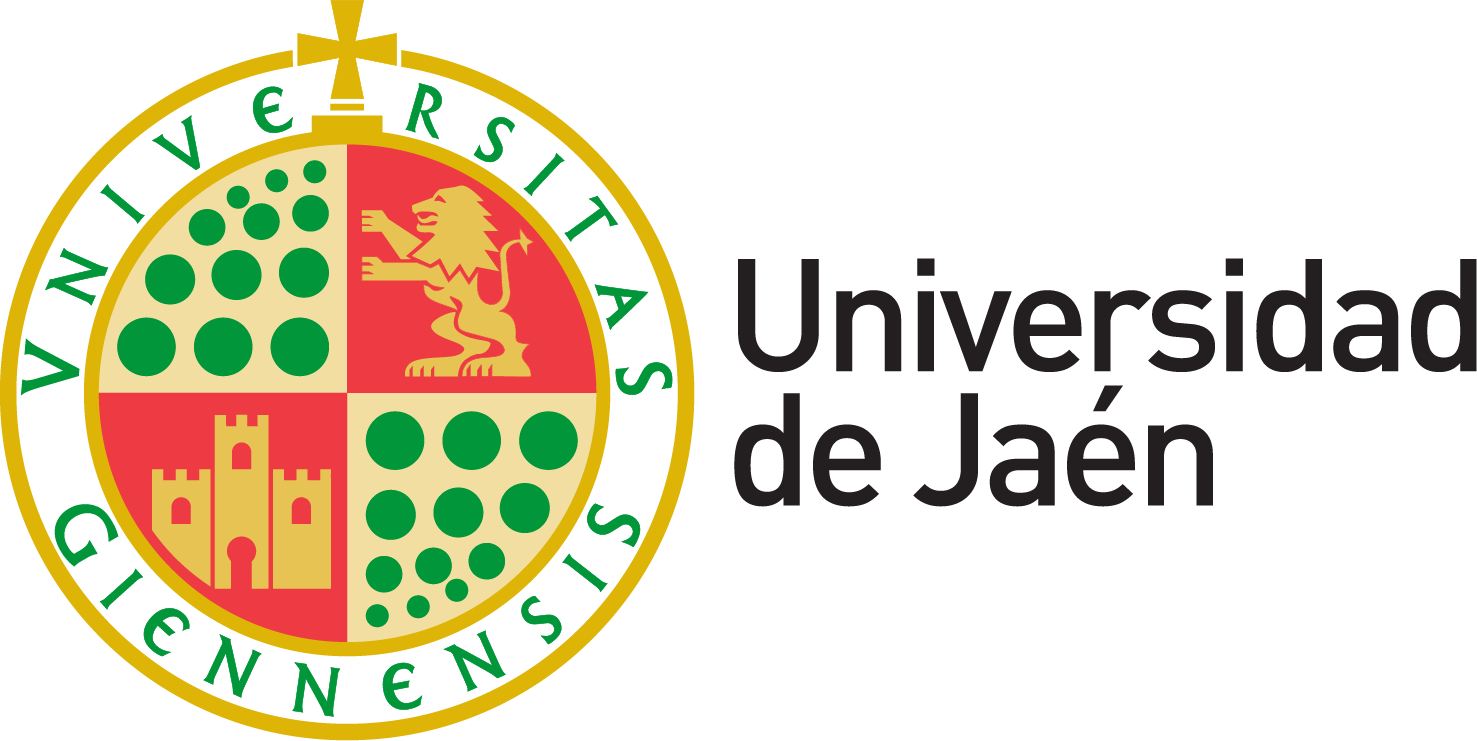Aims
The aims of this strategic plan are to:
- Consolidate the profile of the IISTA by creating internal measures for ongoing improvement of the research activity and transfer.
- Elevate the IISTA to a prominent position within the sphere of research centres in Earth Systems on a national and international scale.
- Establish a funding framework that is sustainable over time and that enables effective pursuit of the activities of the institute.
- Incorporate researchers and research groups into the institute to complement existing ones andcover all aspects of strategic research lines.
To achieve these objectives, the research activity of the institute is organized along the three following strategic lines according to the most relevant spheres of research within the context of Earth Systems at a regional, national, and international level:
1. Observation and monitoring of earth systems. This includes any activity that involves methods that structurally and functionally characterize earth systems. A major part of the physical infrastructure of the iista is oriented towards gathering information of this type.
2. Simulation of earth systems and quantification of ecosystem services. The data compiled in the previous strategic line are used to generate models that simulate the behaviour (processes and evolution) of the three rings that constitute earth systems: the atmosphere, hydrosphere, and biosphere.
3. Decision-support systems. This final strategic research line involves the data and knowledge
provided by the above ones to place this information at the disposition of environmental managers in the form of tools to aid in the decision-making process. This line promotes the transfer of knowledge between science and management.



